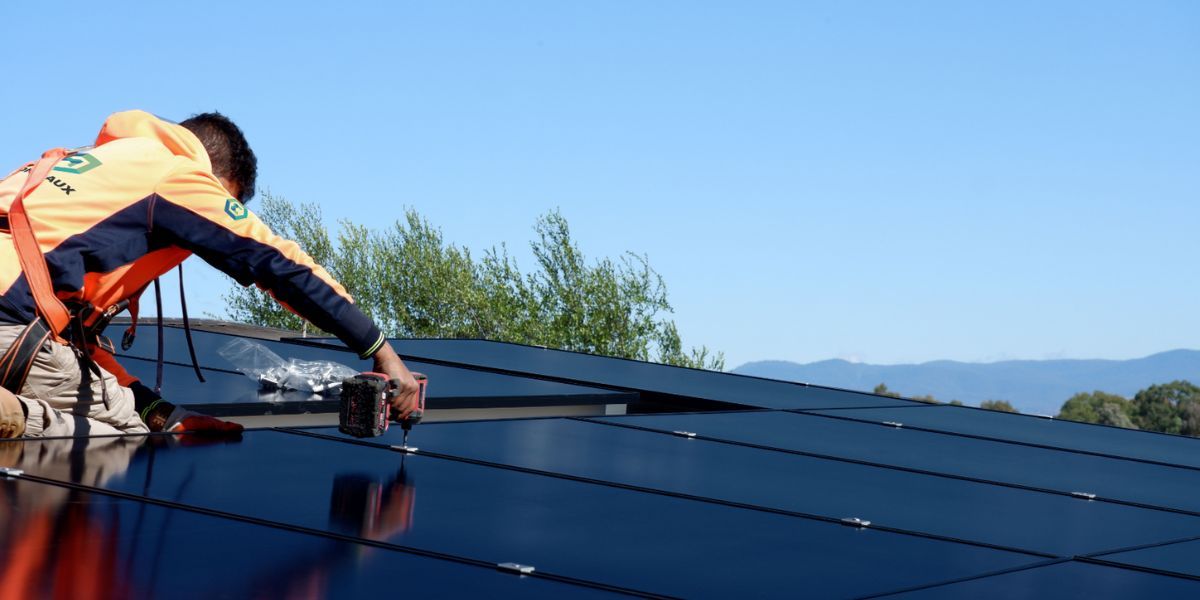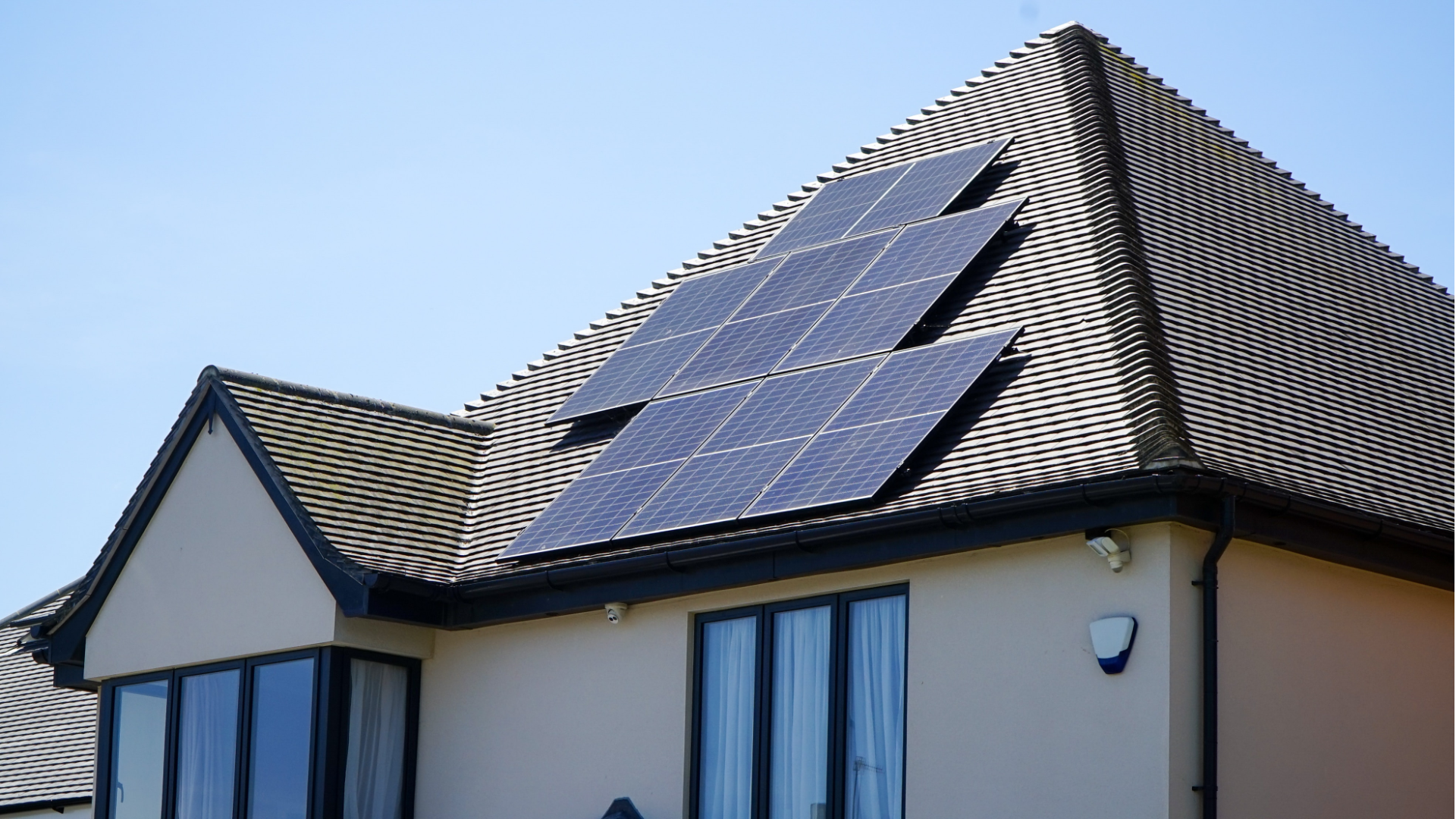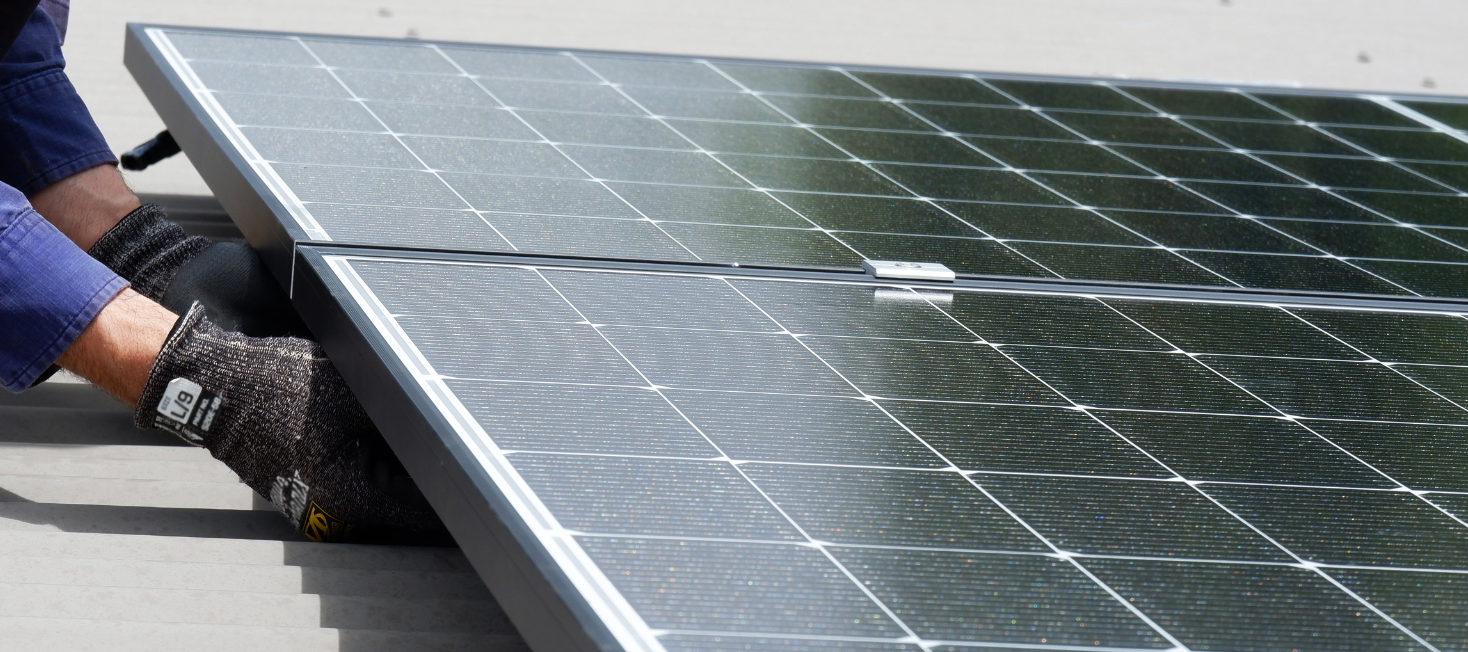Small Scale Technology Certificates (STC) Explained
Understanding STCs for Solar: Your Guide to Solar Rebates
If you're considering installing solar panels on your home or business, you've likely come across the term "STCs." But what exactly are STCs, and how do they impact your solar investment? In this guide, we will discuss STCs and how they can help you save money on your solar installation.
What Are STCs?
STCs, or Small-scale Technology Certificates, are a form of federal government incentive designed to promote the adaptation of renewable energy, such as solar power. Essentially, STCs represent the environmental benefits of generating electricity from solar panels. From a user perspective it helps in reducing the upfront cost of installing solar system. All business and residential property owners with systems up to 100kW are eligible for STCs.
When you install a solar panel system, you are entitled to create STCs based on the system's size, location, and the amount of renewable energy it's expected to produce over its lifetime.
How Do STCs Work?
To claim your STC rebate, you'll need to work with a Clean Energy Council accredited solar installer. Your installer will handle the process of registering your system and creating the necessary certificates.The number of STCs generated depends on factors like the system's size and the location's solar radiation levels.
Trading: Once your STCs have been created, you can choose to sell them to your installer for an upfront discount, or sell them yourself through the open market. This provides a financial incentive for solar panel installation and helps offset the system's upfront cost.
Value: The value of STCs changes based on supply and demand, government policies and regulations. Typically, STCs are traded at a price per certificate, which can vary over time.
How Do STCs Impact Solar Rebates?
Financial Incentive: STCs serve as a form of upfront financial incentive for installing solar panels. Selling STCs can help homeowners and businesses recoup some of the costs of installing solar panels.
This makes solar power more affordable and accessible. It provides a way to offset the initial investment in solar energy. By selling STCs, individuals and companies can make solar power a more viable option.
Reduced Payback Period: The value of STCs can significantly reduce the payback period for a solar panel system. STCs can save money that can cover a significant portion of the upfront cost. This allows homeowners and businesses to adopt solar power more quickly.
Government Support: STCs are part of the Australian government's Renewable Energy Target (RET) scheme, which aims to ensure that a proportion of Australia's electricity comes from renewable sources. By participating in the STC program, homeowners and businesses contribute to national sustainability goals while reaping financial rewards.
How Are STCs Calculated?
The formula to calculate the number of Small-scale Technology Certificates (STCs) generated by a solar panel system is relatively straightforward. It involves considering the system's size, location, solar zone rating, and installation date.
Here's a simplified version of the formula: Number of STCs= System Size×Solar Zone Rating×Installation Date Factor
These parameters are explained in the next section.
Are STCs the Same for Everyone?
While the basic principles of STC calculation apply to all solar panel systems, the actual number of STCs generated can vary depending on individual circumstances. Here are some factors that can influence STC eligibility and allocation:
System Size: As mentioned earlier, larger solar panel systems typically generate more STCs than smaller systems due to their higher energy production capacity.
Location: Solar radiation levels vary across different regions of Australia, affecting the amount of renewable energy generated by solar panel systems. Areas with higher solar radiance receive more sunlight and therefore generate more STCs.
Australia is divided into four zones as follows:
Zone 1:
- Townville
- Rockhampton
- Darwin
- The Gardens
- Parap
- Stuart Park
Zone 2:
- Alice Springs
- Daly Waters
Zone 3:
- Brisbane
- Sydney
- Adelaide
- Canberra
- Perth
Zone 4:
- Melbourne
- Hobart
Solar Zone Rating: Every solar region in Australia is given a distinct rating according to the levels of solar radiance. Solar panel setups in regions with elevated solar ratings produce a greater number of STCs than those in regions with lower ratings.
Installation Date: The date of installation also impacts STC eligibility, as the government may revise the STC scheme over time. Changes in government policies, regulations, and market conditions can influence the value and availability of STCs for solar panel installation.
At Mondiaux, we are committed to providing the highest quality services to our customers, particularly in assisting them with claiming their Small-scale Technology Certificates (STCs). Each year, we offer a unique opportunity for our customers to benefit from STC rates from the previous year, even if they missed claiming their certificates for any reason. This initiative ensures that our clients can maximise their savings and fully enjoy the advantages of their solar installations. If you have any questions about STCs, you may reach out to us by calling 1300 911 110 or visiting our website.
Share Post





